Whether you want to avoid the constant morning bathroom battles with your family or just want to upgrade your home, building a new bathroom requires careful consideration as it is a significant investment.
The cost to build a new bathroom is $15,000 on average. However, this can go as low as $5,000 for basic powder rooms and as high as 90,000 for high-end primary bathrooms.
In this guide, we’ll help you plan a budget for your new bathroom construction project. We’ll provide a breakdown of the costs that can affect the total cost and a list of strategies you can follow to save some bucks during the construction process.
Factors That Can Influence the Cost of Bathroom Building
Type of Bathroom
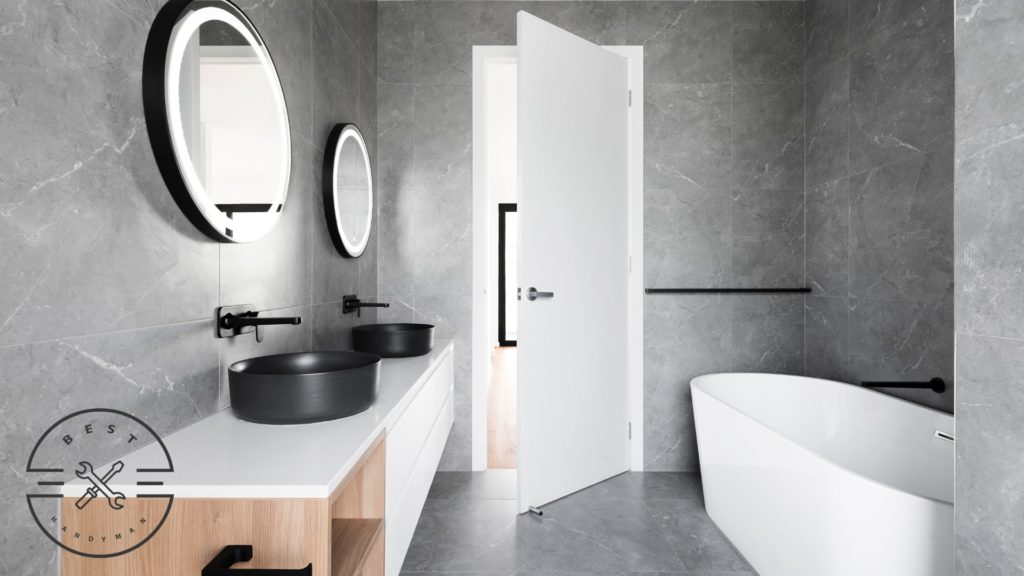
Half Bathroom or Powder Room
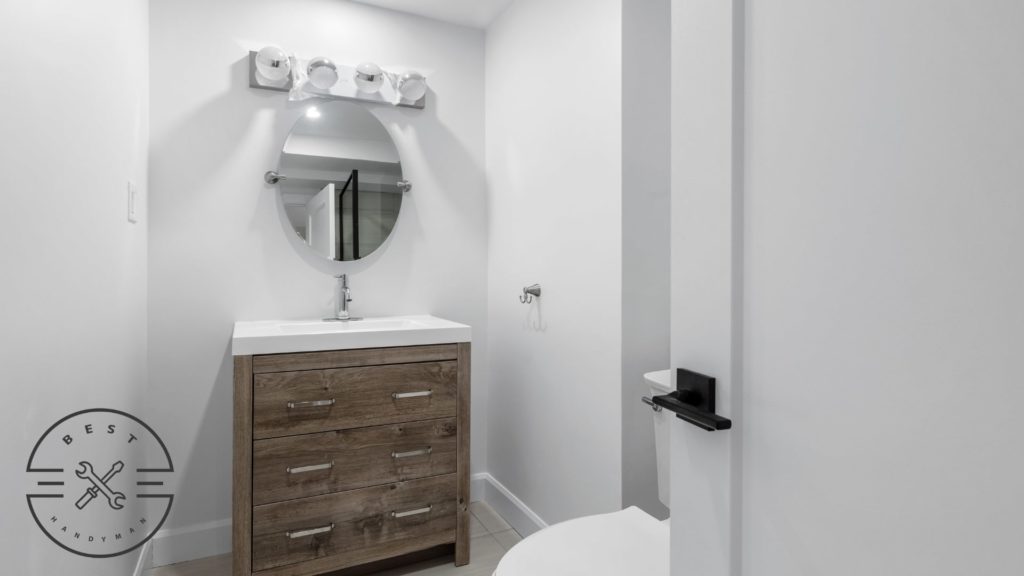
A half bathroom or powder room is generally the least costly to add since it has fewer fixtures. If you only want to add a powder room to your house, prepare about $5,000 to $15,000, depending on how luxurious you want it to look.
Half bathrooms typically only have a toilet and sink and lack a bathtub or shower, so the plumbing requirements are simpler. There’s also less work needed since the space is small, which helps lower material and labor costs.
Three-Quarter Baths
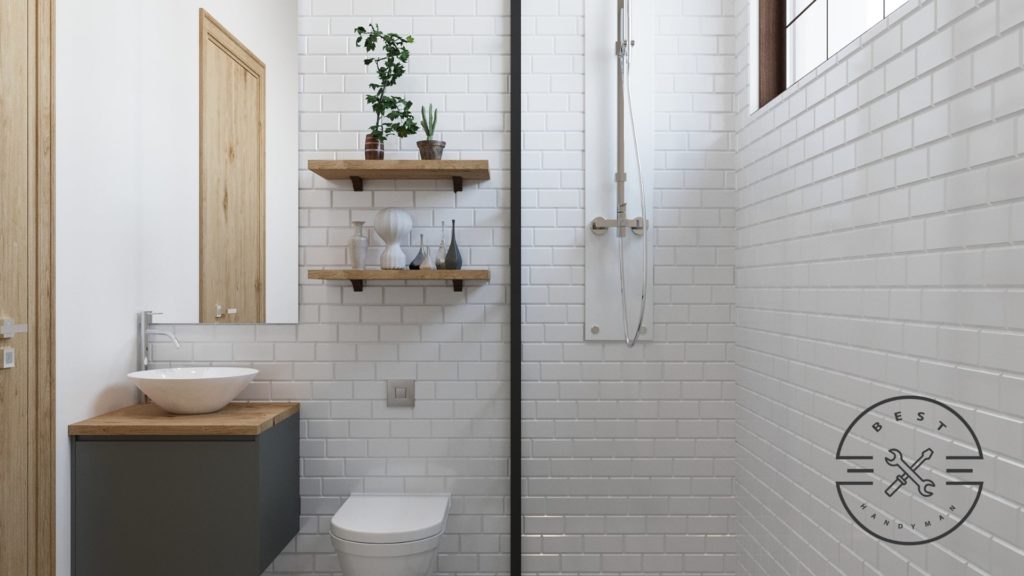
A three-quarter bath has three of the four primary fixtures found in full bathrooms: toilet, sink, and shower. It doesn’t have a bathtub, so it’s still relatively more expensive than a full bathroom, which has all four.
Since three-quarter baths have showers, they require more complex plumbing work than powder rooms.
These baths are typically added to guest rooms or homes with limited space. If you want to add one to your home, prepare a budget of around $10,000 to $18,000.
Full Bathroom
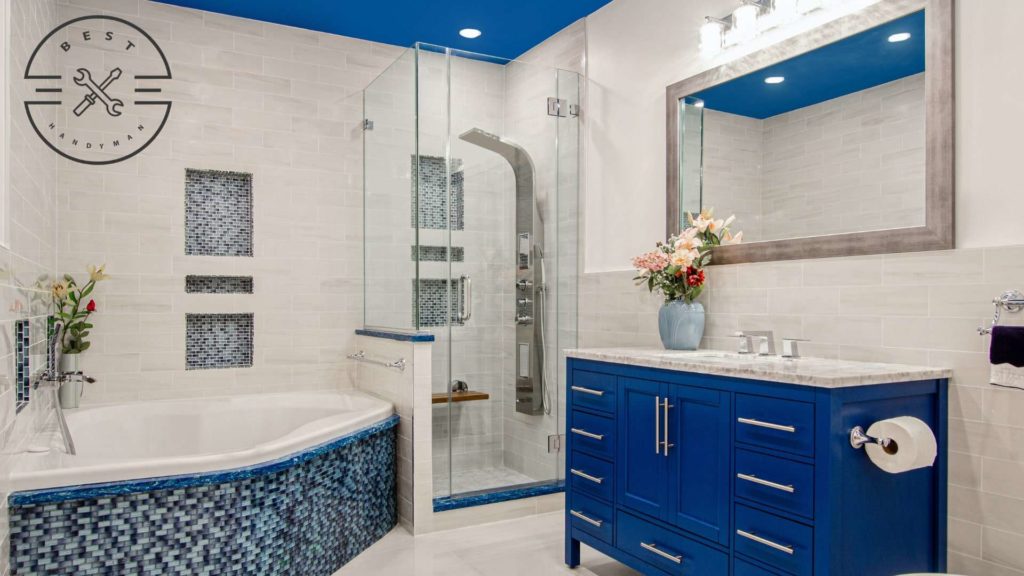
A full bathroom includes a toilet, sink, bathtub, and shower. Since it has both a bathtub and shower, it requires more complex drainage systems and plumbing work, leading to higher costs.
The materials for full bathrooms, such as fixtures, cabinets, and flooring, are also more extensive and costly than half bathrooms and three-quarter baths, so they’re much more expensive.
Adding a full bathroom to your home can cost you anywhere between $14,000 and $30,000, depending on the features and size of the bathroom.
Jack and Jill Bathroom
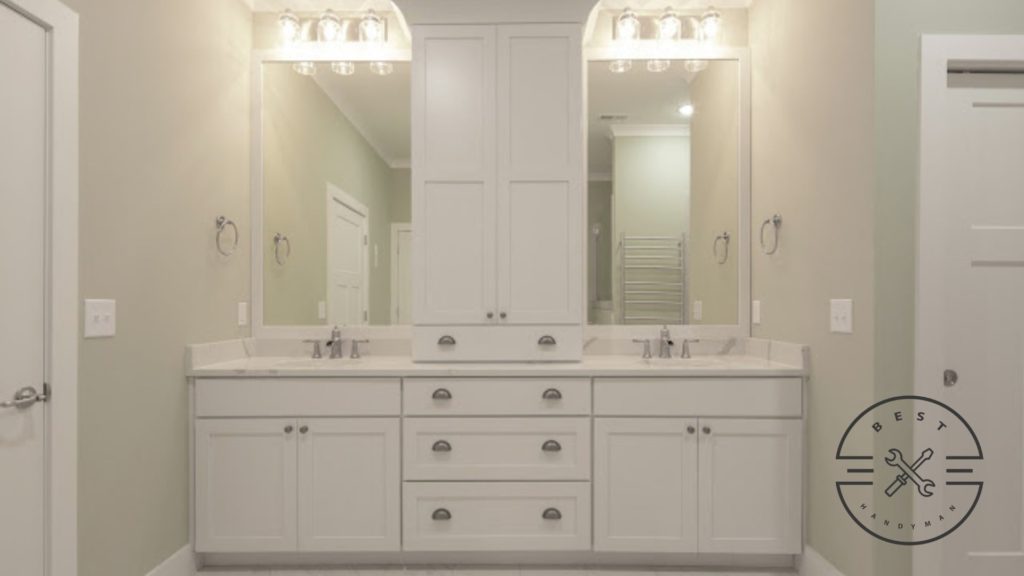
A Jack and Jill bathroom is a type of bathroom that’s shared between two adjacent bedrooms or rooms. It has two entrances, which makes it accessible to different rooms.
Since these bathrooms are shared by two individuals, they typically have shared fixtures, such as a vanity with two sinks, a bathtub, a shower, and a toilet. They have separate grooming areas and shared bathing and toilet facilities.
If you have a third bedroom between two bedrooms, you can easily convert it into a bathroom. To do so, you’ll need around $28,000 to $54,000, depending on the fixtures and size of the bath.
Primary Bathroom
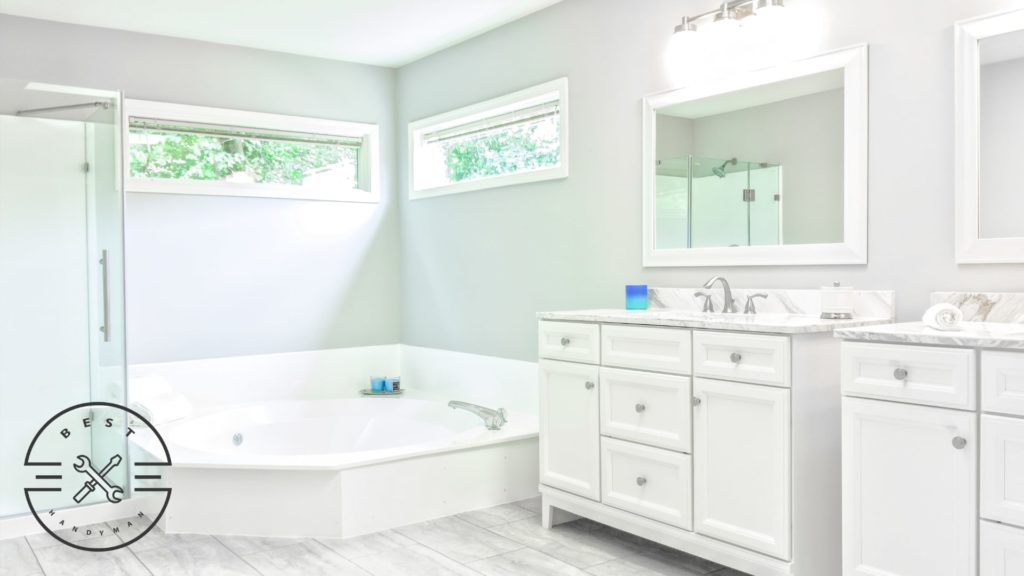
A primary bathroom, sometimes called a master bathroom, is typically the most expensive to build, costing around $35,000 to $90,000, depending on the materials used, the bath size, and if you’re converting an existing space or adding a new structure.
Primary bathrooms are typically the largest bathrooms in the house and are directly connected to the master bedroom. It may include a double vanity, shower, freestanding tub, and walk-in closet.
Aside from the bigger size, primary bathrooms also include more luxurious finishes, contributing to its high cost.
Size
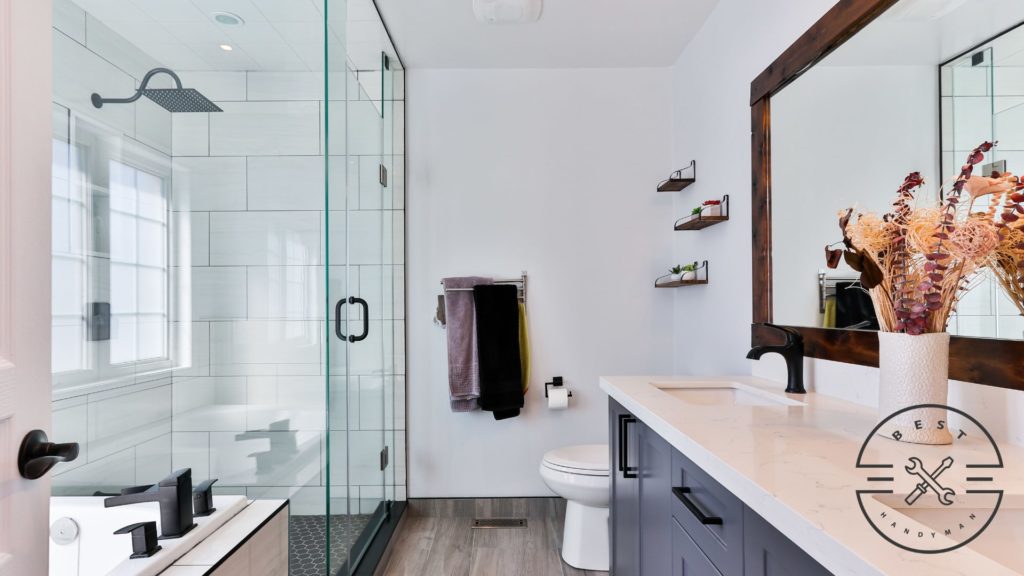
The size of the bathroom directly affects the quantity of materials needed and the hours of work it will take to build the bathroom. As a general rule, the bigger the bathroom, the bigger the cost.
Larger bathrooms require more materials, from drywall to paint, so the material cost will inevitably be higher. They also take longer to build, leading to higher labor costs.
The average bathroom finish typically costs $200 to $300 per square foot. Luxury bathrooms or those that have high-end features and finishes will run you $450 to $600 per square foot.
Bathroom Location
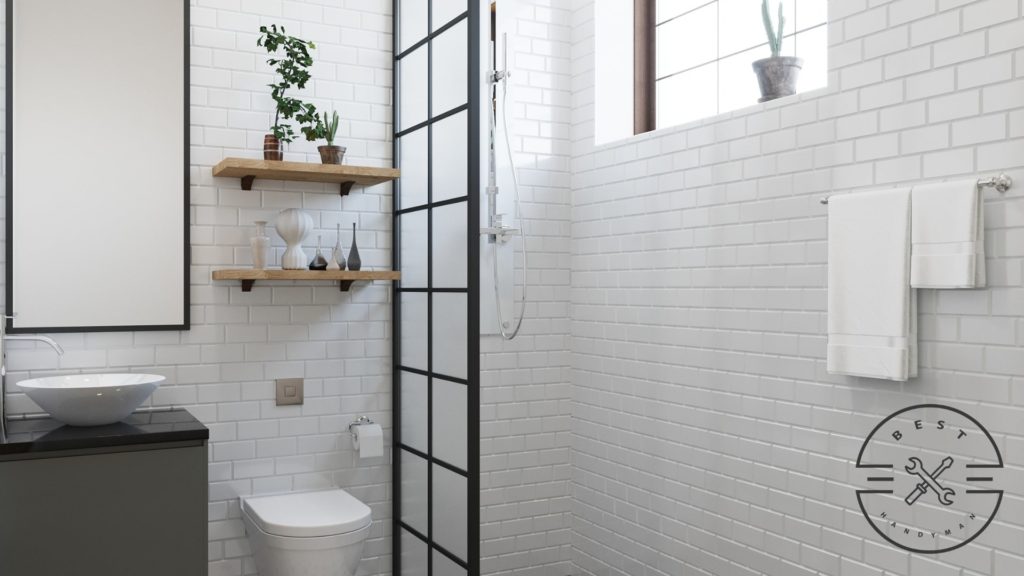
Laundry Room
Laundry rooms often have existing plumbing connections for water supply and drainage, which can potentially help you save a few thousand on plumbing labor. You can expect to pay $5,000 to $13,000 if you want to build a bathroom in your laundry area.
Laundry rooms usually don’t have a good finish since they’re considered utility rooms. Hence, you’ll typically spend a lot on the finishes, like flooring, wallpaper, and waterproofing.
Closet
Converting an unused closet to a half bathroom can typically cost around $5,000 to $20,000, depending on the size of the closet, the fixtures needed, and the distance from existing plumbing lines.
Since closets are small, they can only be turned into half bathrooms most of the time, making them more affordable to convert. They can also be turned into three-quarter baths if they’re a bit bigger, but you might have to prepare more than $20,000.
Upstairs Space
The biggest factors that can affect the cost of adding a bathroom to the second floor are accessibility, plumbing lines, and structural integrity. You might need to modify the flooring on the second floor to support the additional weight of bathroom fixtures.
Access to plumbing may also be more challenging on upper floors, potentially increasing costs if extensive work is needed. If you already have bathrooms on the second floor, then the price won’t be that high.
Generally, you can expect to pay around $7,000 to $12,500 to build a new bathroom in your upstairs space.
Basement
Adding a bathroom to your basement may cost you anywhere from $9,000 to $16,000, depending on the finish you’re aiming for, the fixtures you want, and the type of bathroom you’re adding.
Basements are usually close to plumbing systems and electrical lines, so plumbing and electrical labor will be cheaper compared to building bathrooms in other parts of the house.
You’ll typically only have to worry about ensuring groundwater won’t infiltrate the space.
Attic
The cost of adding a bathroom to your attic will depend on whether or not it’s finished or unfinished. Adding a bathroom to a finished attic will typically cost $8,000 to $15,000 while adding one to an unfinished attic will cost around $15,000 to $35,000.
Finished attics, like those that have been converted into bedrooms or offices, already have electrical lines and are insulated, so you only need to add plumbing lines and the fixtures needed.
On the other hand, unfinished attics will need to be connected to the electrical lines and plumbing system. They also need insulation, better flooring, and wallpaper, leading to higher costs.
Bedroom
Converting bedrooms into bathrooms is a common way many homeowners make use of bedrooms that are rarely used. Bedrooms are the perfect space to turn into full or even primary bathrooms because of their large area.
You can expect to pay $15,000 to $50,000, depending on the quality of finishes you want, the fixtures you’ll use, the size of the bedroom, and the distance from drains and plumbing.
Garage
Adding a bathroom in a garage generally costs $8,000 to $25,000, depending on the size, finish, and bathroom type. However, if you’re completely remodeling your garage and using it to expand your master bedroom, budget around $15,000 to $50,000.
Garage bathrooms that are only meant for guests typically don’t need luxurious finishing, so they’re cheaper to add. But if you’re extending the master bedroom and adding a bathroom for it, the finishing and fixtures will be a lot more expensive.
Bathroom Features
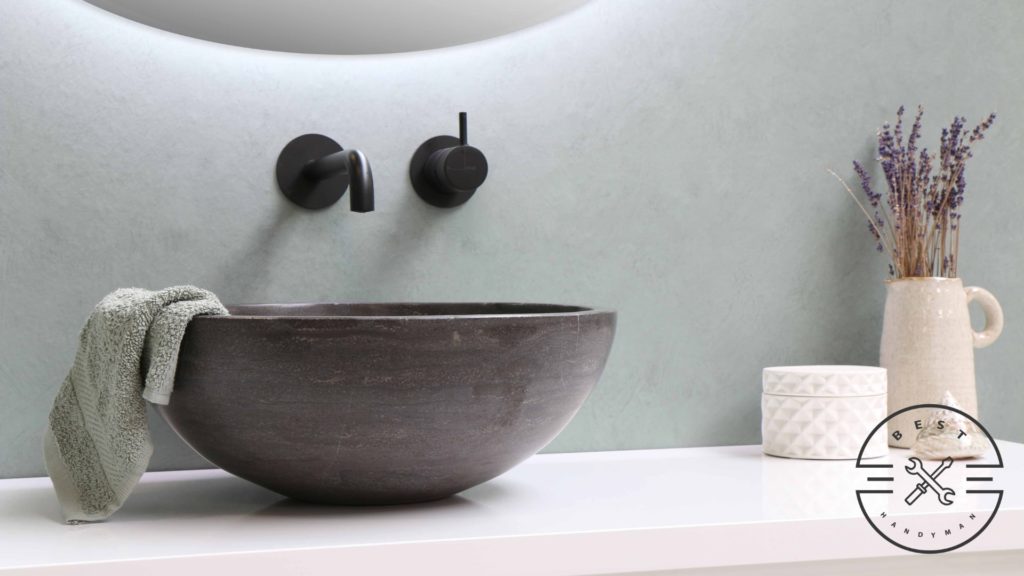
Bathtub

Bathtubs generally cost $1,000 to $7,000. Standard bathtubs like alcove ones will typically fall on the lower end of the cost range, but tubs that are customized or come with unique features like water jets and air jets are a lot more expensive.
Shower

Showers can cost you $1,000 to $7,000, depending on the pan material, showerhead, and features added. Acrylic and fiberglass bases are generally more budget-friendly, so they fall on the lower end of the range, along with basic shower heads.
Rain showerheads and multifunctional shower systems are pretty expensive, so expect to pay a lot if you want them.
Toilet
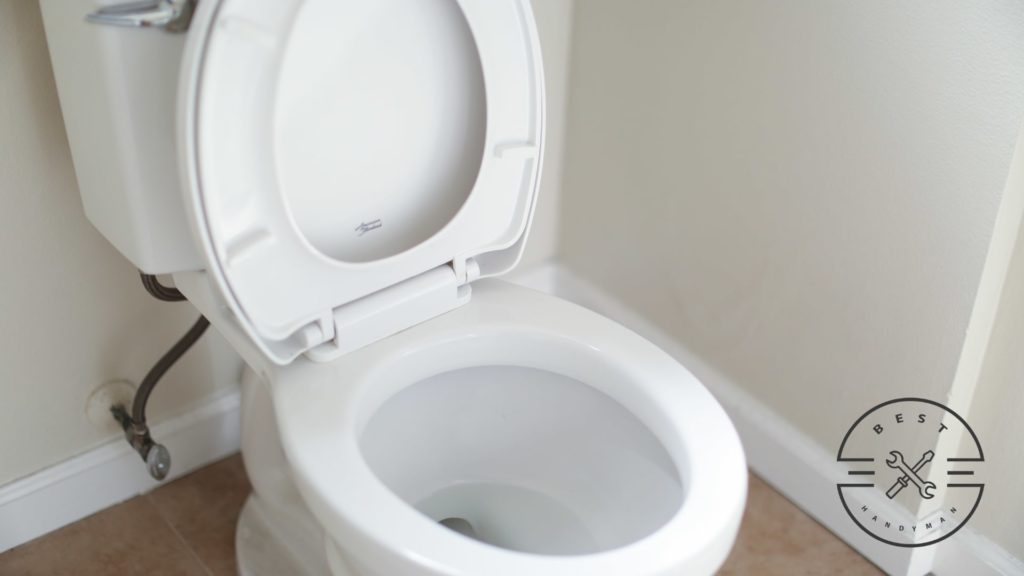
Most homeowners pay around $200 to $550 for toilets. You’ll usually find good gravity-flush toilets that do the job for this price range.
However, if you want toilets with better features, like pressure-assisted ones or those with heated seats, touchless flushing, and built-in bidets, expect to pay more than $700.
Tile Floors
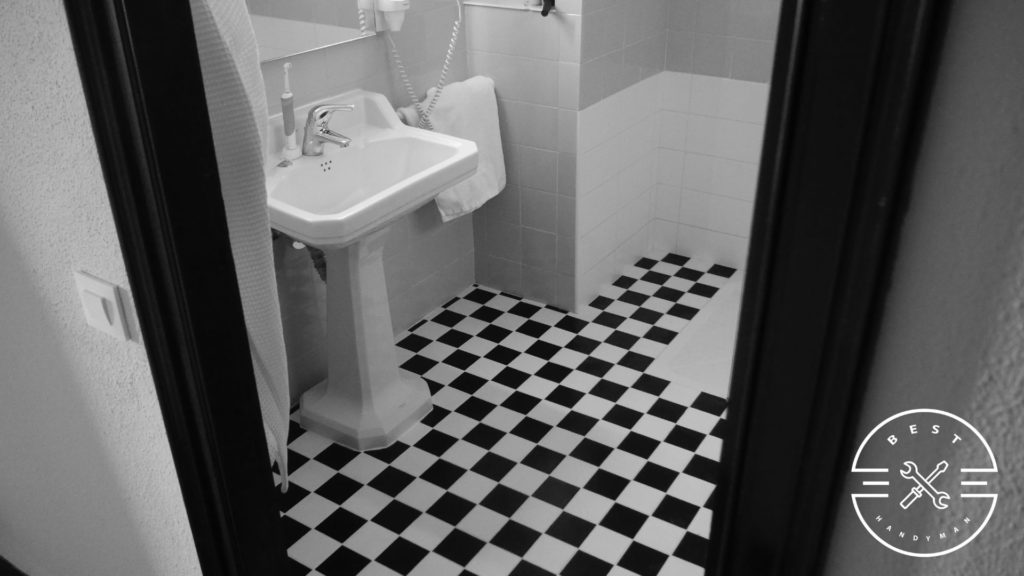
Tiles are a popular bathroom flooring choice due to their durability and cost-effectiveness. Budget around $900 to $2,900 for the flooring, depending on the size of the bathroom, type, design, and brand of the tiles.
If you want natural stone, like marble or granite, for your bathroom flooring, the cost will significantly increase and may even double.
Faucet

You can find quality faucets that will do the job for $175 to $400. Faucets in this price range typically have good designs and are durable enough to be used for a long time.
However, if you’re looking for a faucet for your primary bathroom and want something more luxurious, you can find high-end faucets for $500 or more. These faucets include waterfall spouts and those that have intricate designs.
Sink
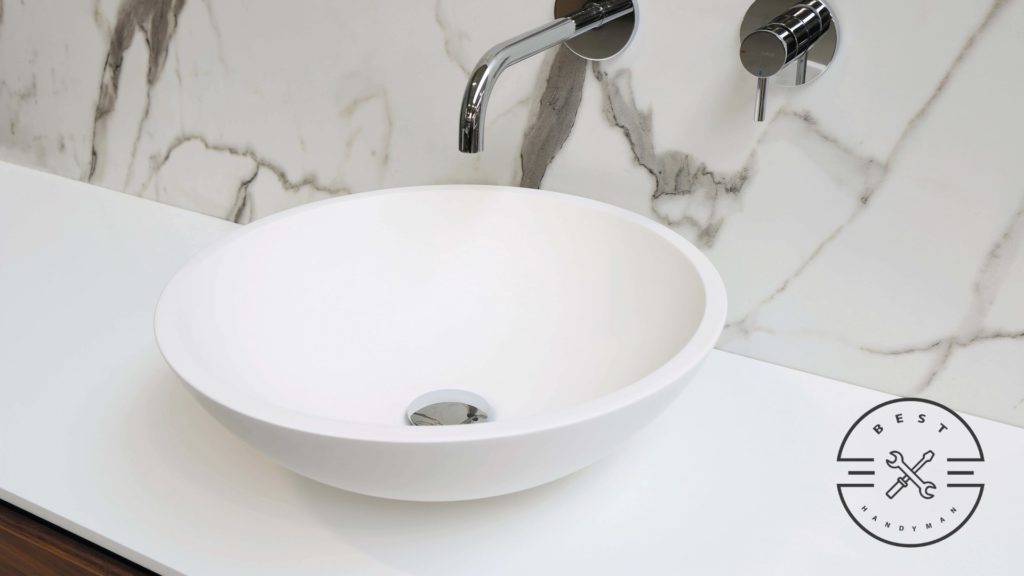
Bathroom sinks can cost anywhere between $250 and $650, depending on the type, material, and size.
Drop-in and undermount sinks are typically more affordable than vessel sinks. Ceramic and porcelain sinks are also generally more budget-friendly than those made of natural stone and glass.
Exhaust Fan
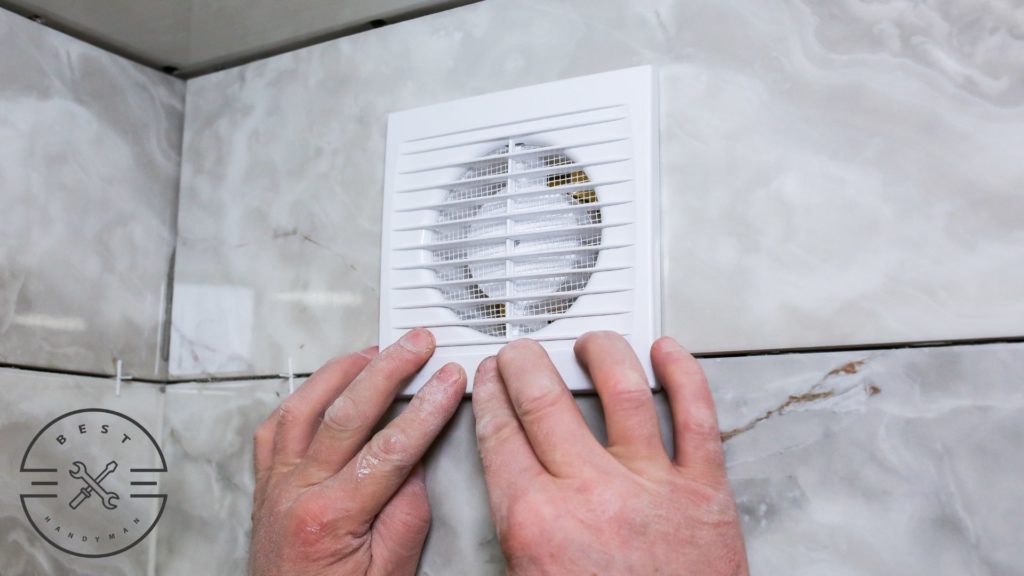
Bathrooms need exhaust fans to remove excess moisture and eliminate the odor inside. These exhaust fans can cost around $275 to $600, depending on the airflow capacity, fan type, noise level, and additional features.
Lights
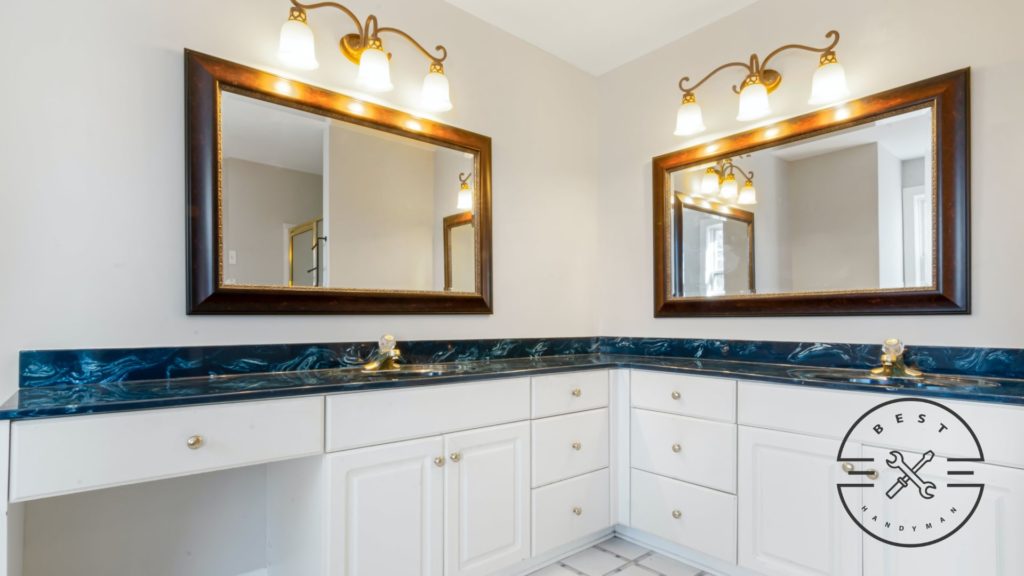
Budget around $175 to $1,000 for the bathroom’s lighting fixture. The actual cost will depend on the type, brand, and features of the lights.
Basic ceiling-mounted lights usually fall on the lower end of the price range. However, if you want decorative, high-end ones like pendant lights or recessed lights, expect the cost to be closer to the higher end of the price range.
Towel Rack
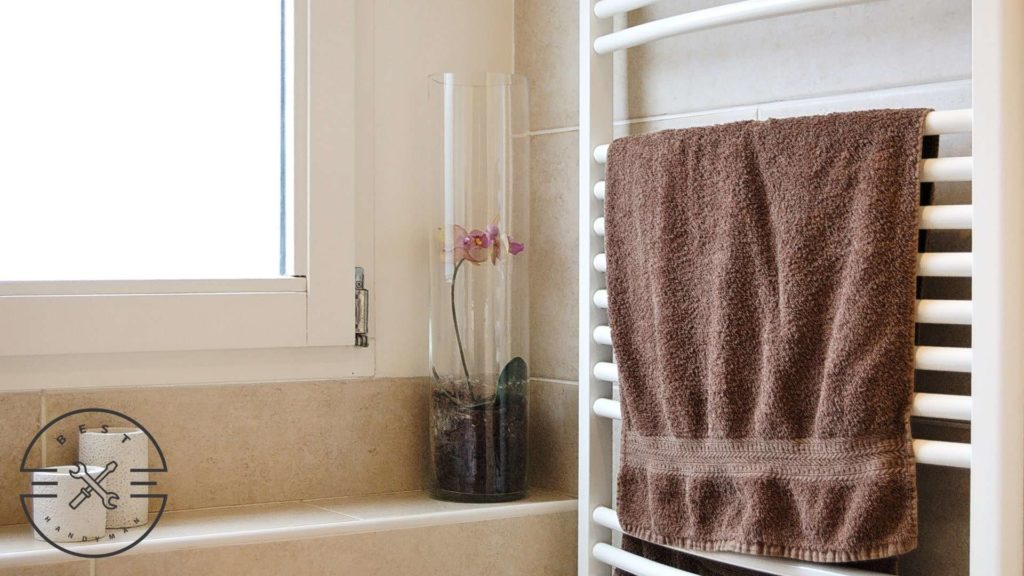
Towel racks are among the most affordable fixtures you’ll need for your bathroom. Depending on the brand and material used, they typically cost around $20 to $120 each.
Countertop and Vanity

Countertops and vanities are pretty expensive, so budget around $2,500 to $3,500. Countertops typically make up most of the cost since vanity cabinets usually only cost $600 to $2,600, depending on the materials and size.
Natural stone countertops, such as those made of granite and marble, are more expensive than laminated or tiled ones. If you have a tight budget, you’d want to avoid them.
Cabinet
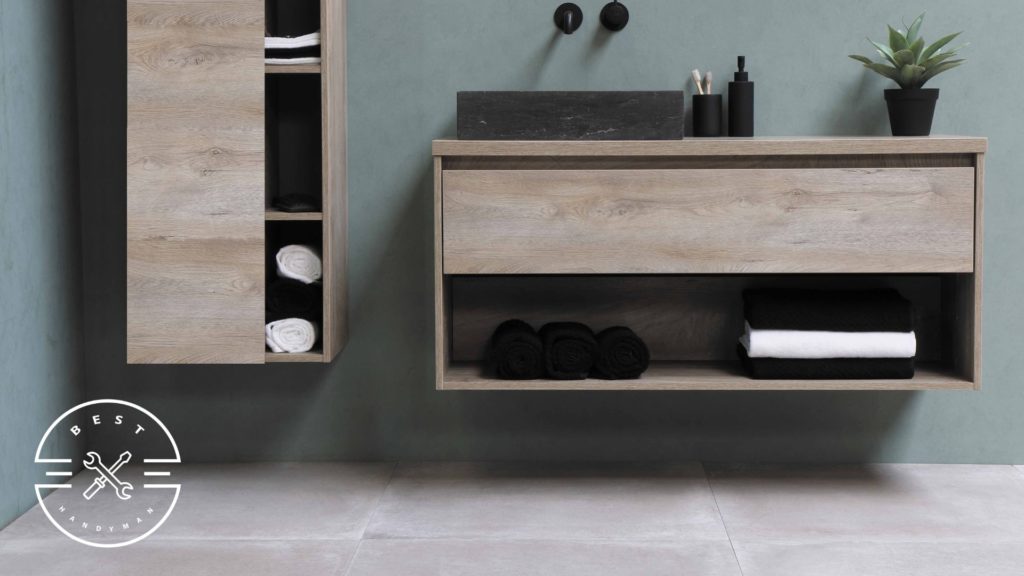
Aside from the vanity cabinet that supports the countertop, you’ll spend around $450 to $3,000 if you add more cabinets in the bathroom. Pre-made cabinets fall on the lower end of the cost range, while custom-built ones are costly and considered high-end.
Labor
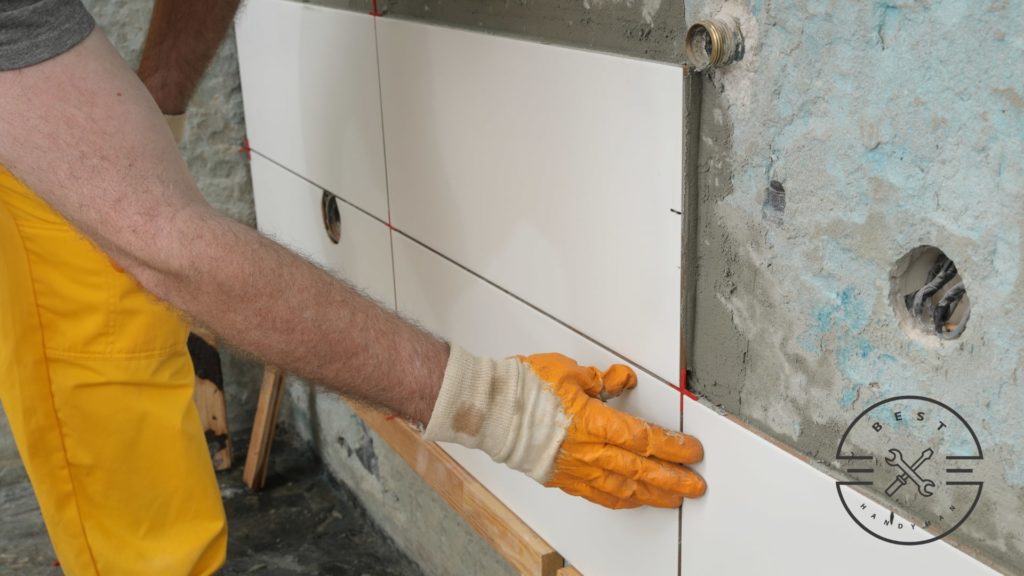
Labor is typically the biggest contributor to the total cost of building a new bathroom. It may cost as much or even more than materials because of how extensive the work needed to build a bathroom is.
General contractors typically charge the 10% to 20% of the project’s overall cost. They’ll normally take care of everything, from plumbing to tiling.
However, if you can do some of the work yourself, you can hire other professionals to do the job you can’t, like plumbing, electrical connection, and tiling. They’ll likely charge by the hour, so prepare around $13 to $120 per hour, depending on the work.
Additional Costs That May Be Incurred
Permit
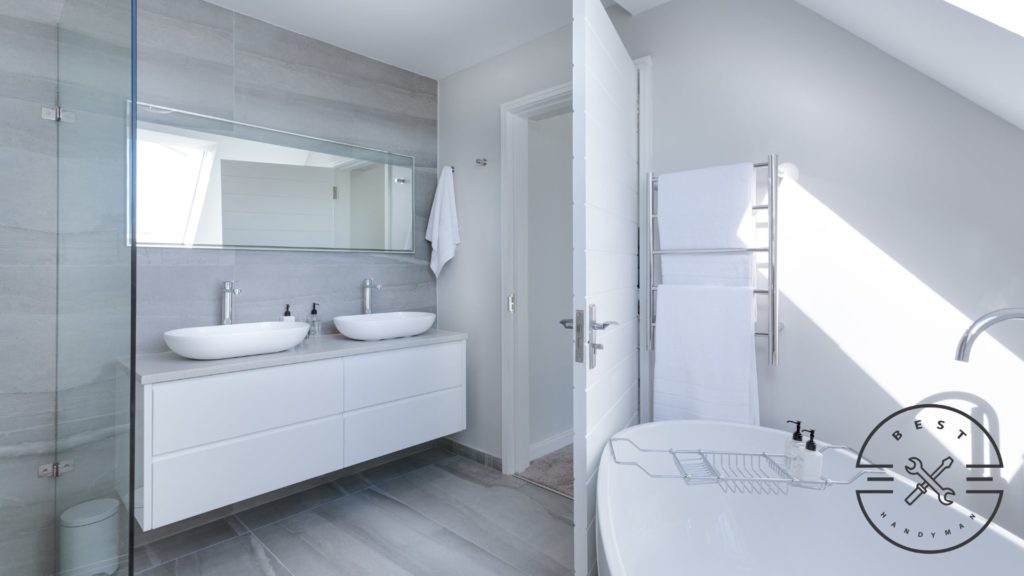
Depending on the state and city, you might need to secure a permit to build additional bathrooms in your home. These permits will also cost money since the local authorities will have to review your plant first.
Permit fees vary per city and may also depend on the scope and valuation of the project. Expect to pay at least $100 to get the approval for your bathroom project.
Unexpected Costs

No matter how careful you are during planning, there’s still a chance that you’ll face unforeseen challenges, like hidden structural issues or unexpected plumbing issues while building a bathroom.
All these unforeseen challenges can result in unexpected costs, so budgeting for them when planning your bathroom project is essential. Budget these unexpected costs at 10% to 20% of the total project cost.
Including a contingency fund like this for your project will help you stay on budget and reduce the stress associated with unforeseen expenses.
How do I save money when adding a bathroom?
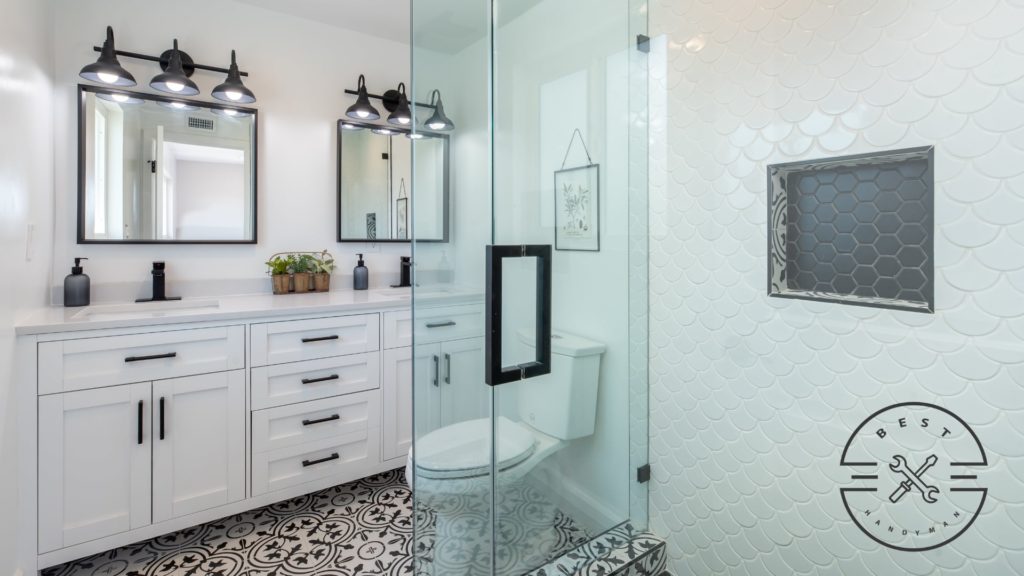
- Plan the bathroom carefully.
Create a thorough plan for the bathroom’s layout and design to avoid changes during the construction. Changing the plan in the middle of the construction can result in additional costs.
- Place the bathroom near existing plumbing and electrical lines.
The nearer the bathroom is to existing plumbing and electrical lines, the cheaper the plumbing and electrical labor will be. This can also help you save time since the work is more straightforward.
- Convert existing spaces instead of building a new structure.
Consider converting unused spaces, like closets or attics, into bathrooms instead of expanding the home or building new structures. It’s generally cheaper to convert an existing area since you just need to modify an existing structure.
- Go for a simple layout.
Opt for a straightforward layout, like keeping the faucets, showers, and toilet on one side, to minimize the need for complex plumbing work. A simpler design can help you save some money by reducing labor costs.
- DIY some of the work.
If you’re handy, take on some of the work, like painting, tiling, and fixture installation. Just hire professionals for technical works like plumbing or connecting the bathroom to an electric line.
Doing these jobs yourself instead of hiring a general contractor to do everything will help you save a lot.
- Reuse existing fixtures.
If you have existing fixtures, like sinks, cabinets, or faucets, that are still in condition, reusing them can be more cost-effective than purchasing brand-new ones.
- Shop for cost-effective materials and fixtures.
Go for affordable but durable materials and fixtures. Avoid purchasing fixtures with advanced features unless you really need them, and avoid materials like marble and quartz when shopping.
- Consider choosing prefabricated cabinets.
Prefabricated cabinets are much more affordable than custom-built ones, so it can help you save a lot if you opt for them instead of asking a carpenter to build one for you.




